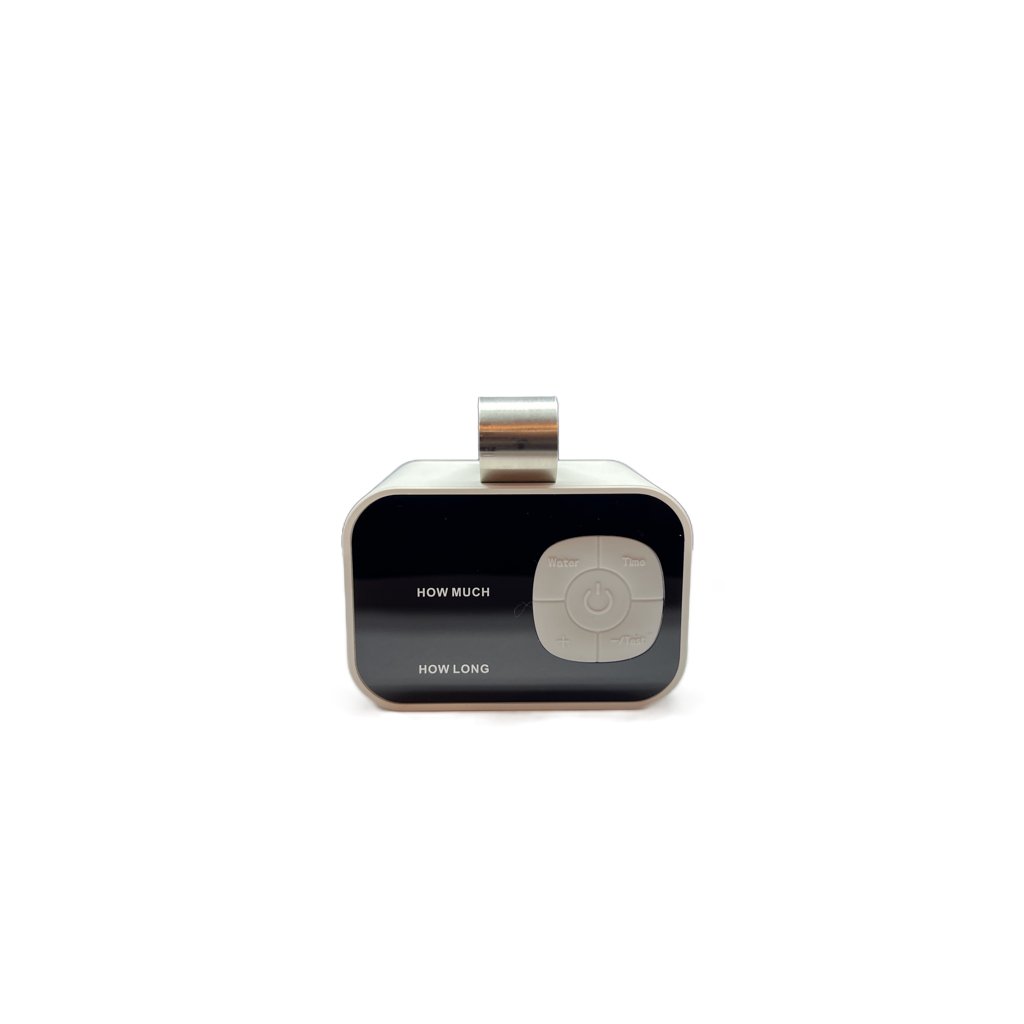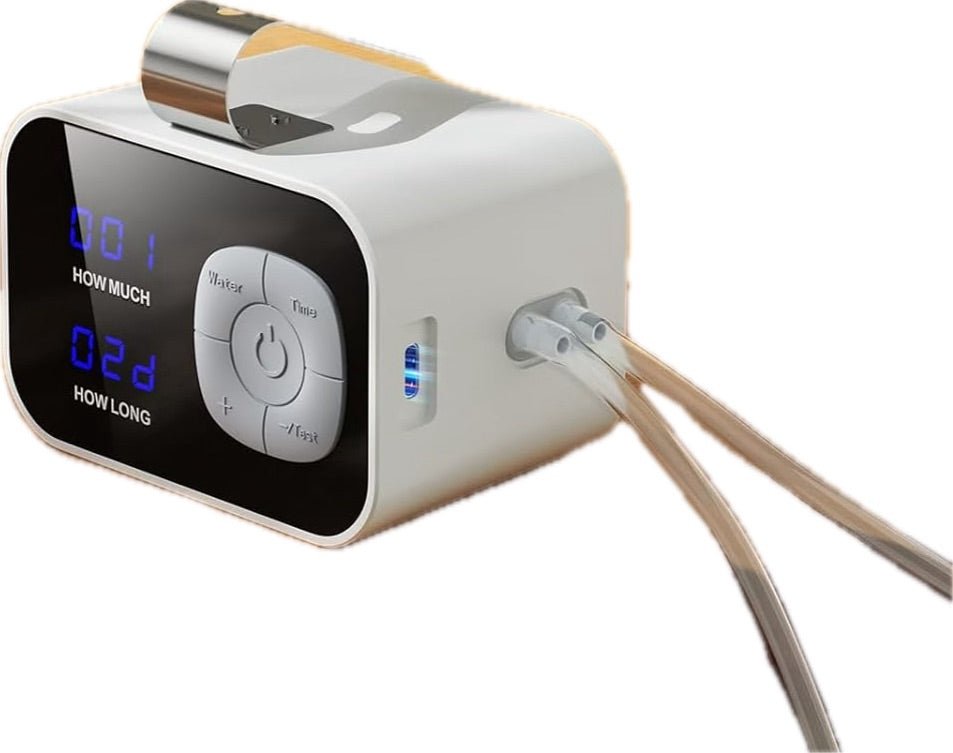Understanding Zooglea: The Silent Threat to Your HVAC System
Share
In the intricate dance of air conditioning systems, there's a sinister actor lurking behind the scenes: Zooglea. This unassuming name masks a potent threat, capable of wreaking havoc on your HVAC system and your home. But what exactly is Zooglea, and why is it so detrimental?
What Is Zooglea?
Zooglea isn't some alien substance from a sci-fi movie. It's a real, albeit microscopic, menace that forms in your HVAC system's drain lines. When someone sneezes, coughs, or even just breathes, tiny airborne particles like dust, pollen, and pet dander become suspended in the air. These particles mix with the moisture on the condensate coils of your air conditioner, creating the perfect breeding ground for microorganisms.
As these microorganisms thrive and multiply, they produce a thick, jelly-like substance known as Zooglea. Picture a sticky, gummy mucus lining the walls of your drain lines – that's Zooglea.
Why Is Zooglea Dangerous?
The danger of Zooglea lies in its ability to clog your HVAC system's drain lines. Over time, this buildup can become substantial, obstructing the flow of water and condensation. When the drain lines become blocked, several problems can arise:
1. AC Shutdown: Blocked drain lines prevent water from draining properly, leading to potential shutdowns of your air conditioning system.
2. Float Switch Lockdown: In some cases, Zooglea buildup can interfere with the float switch, the system's primary protection against flooding. This malfunction can cause the AC to continue running unchecked, leading to disastrous flooding and extensive damage to your home.
3. Accelerated Damage: Zooglea buildup can occur surprisingly quickly, with significant blockages forming in as little as 45 days. Given the right conditions, such as high humidity and poor ventilation, Zooglea can proliferate rapidly, exacerbating the risk of damage.
Protecting Your HVAC System
Given the potential consequences of Zooglea buildup, it's crucial to take proactive steps to protect your HVAC system:
- Regular Maintenance: Schedule regular inspections and maintenance for your HVAC system, including cleaning and clearing drain lines to prevent Zooglea buildup.
- Invest in Preventive Solutions: Consider investing in preventive solutions like [AC Drain FLO](https://acdrainflo.com/), which helps maintain clear drain lines and prevent Zooglea formation.
- Monitor Humidity Levels: Keep an eye on indoor humidity levels and take steps to mitigate excessive moisture, such as using dehumidifiers or improving ventilation.
In conclusion, while Zooglea may sound innocuous, its impact on your HVAC system can be anything but. By understanding the threat posed by Zooglea and taking proactive measures to combat it, you can safeguard your home against potential damage and ensure your air conditioning system runs smoothly year-round.
What Is Zooglea?
Zooglea isn't some alien substance from a sci-fi movie. It's a real, albeit microscopic, menace that forms in your HVAC system's drain lines. When someone sneezes, coughs, or even just breathes, tiny airborne particles like dust, pollen, and pet dander become suspended in the air. These particles mix with the moisture on the condensate coils of your air conditioner, creating the perfect breeding ground for microorganisms.
As these microorganisms thrive and multiply, they produce a thick, jelly-like substance known as Zooglea. Picture a sticky, gummy mucus lining the walls of your drain lines – that's Zooglea.
Why Is Zooglea Dangerous?
The danger of Zooglea lies in its ability to clog your HVAC system's drain lines. Over time, this buildup can become substantial, obstructing the flow of water and condensation. When the drain lines become blocked, several problems can arise:
1. AC Shutdown: Blocked drain lines prevent water from draining properly, leading to potential shutdowns of your air conditioning system.
2. Float Switch Lockdown: In some cases, Zooglea buildup can interfere with the float switch, the system's primary protection against flooding. This malfunction can cause the AC to continue running unchecked, leading to disastrous flooding and extensive damage to your home.
3. Accelerated Damage: Zooglea buildup can occur surprisingly quickly, with significant blockages forming in as little as 45 days. Given the right conditions, such as high humidity and poor ventilation, Zooglea can proliferate rapidly, exacerbating the risk of damage.
Protecting Your HVAC System
Given the potential consequences of Zooglea buildup, it's crucial to take proactive steps to protect your HVAC system:
- Regular Maintenance: Schedule regular inspections and maintenance for your HVAC system, including cleaning and clearing drain lines to prevent Zooglea buildup.
- Invest in Preventive Solutions: Consider investing in preventive solutions like [AC Drain FLO](https://acdrainflo.com/), which helps maintain clear drain lines and prevent Zooglea formation.
- Monitor Humidity Levels: Keep an eye on indoor humidity levels and take steps to mitigate excessive moisture, such as using dehumidifiers or improving ventilation.
In conclusion, while Zooglea may sound innocuous, its impact on your HVAC system can be anything but. By understanding the threat posed by Zooglea and taking proactive measures to combat it, you can safeguard your home against potential damage and ensure your air conditioning system runs smoothly year-round.







